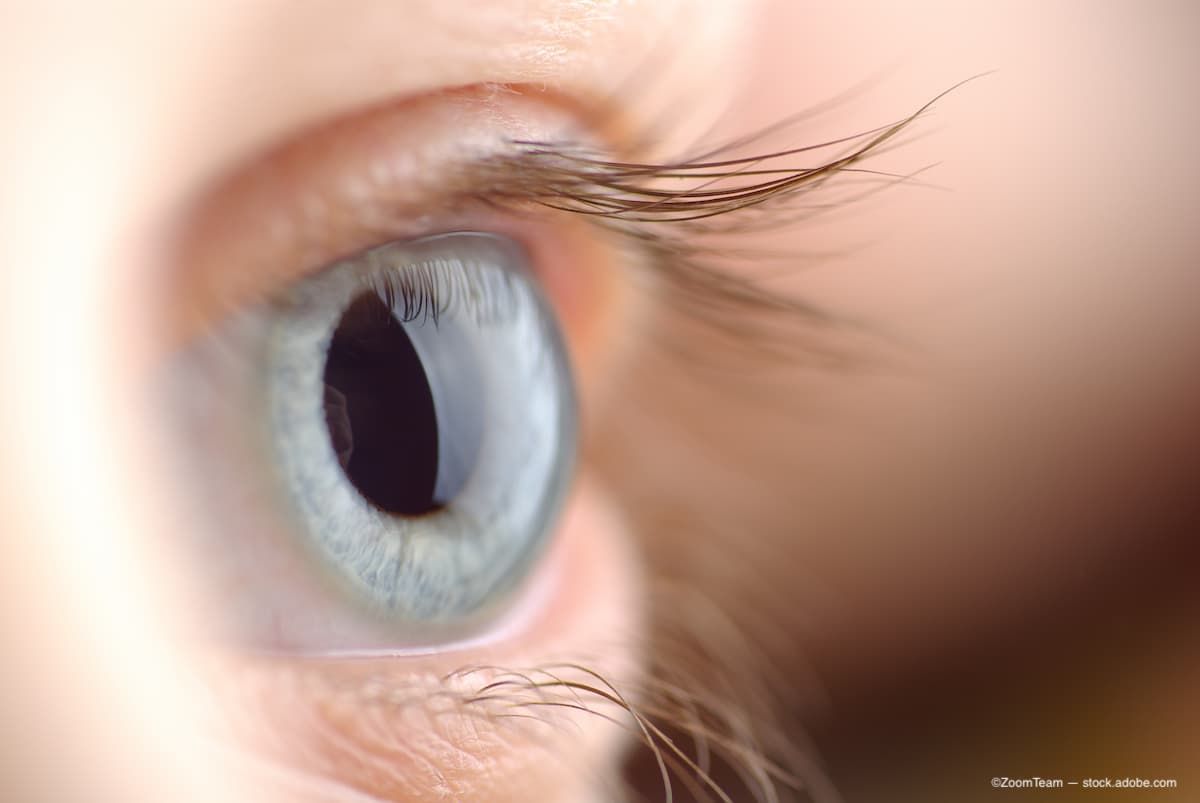News
Article
Study examines gene expression signatures of human senescent corneal and conjunctival epithelial cells
Author(s):
The team focused on the research pf the senescent phenotypes of human corneal and conjunctival epithelial cells.
(Image Credit: AdobeStock/ZoomTeam)

A team of researchers, in a study1 published in Aging, reviewed the gene expression signatures of human senescent corneal and conjunctival epithelial cells.
The team, including researchers from Buck Institute for Research on Aging, Kyoto Prefectural University of Medicine, and Lawrence Berkeley National Laboratory, focused on the research pf the senescent phenotypes of human corneal and conjunctival epithelial cells.
“Here, we induced cellular senescence in human corneal and conjunctival epithelium using X-irradiation, and analyzed gene expression profiles of each cell type to determine the characteristics of senescent ocular surface cells,” the researchers said in the study.
According to the study, researchers took a look at cell morphology, senescence-associated β-galactosidase (SA-β-gal) activity, cell proliferation, and expression of senescence markers. RNA sequencing analysis was conducted to compare gene expression profiles between senescent and non-senescent cells. Finally, the potential involvement of senescent cells in the pathogenesis of ocular surface diseases was investigated.
Moreover, the X-irradiated corneal and conjunctival epithelial cells exhibited typical senescence phenotypes, i.e., flattened morphologies, increased SA-β-gal activity, decreased cell proliferation, and increased expression of senescence markers. RNA-seq analysis revealed substantial differences in gene expression profiles between senescent corneal (SCo) and conjunctival epithelial cells (SCj), which were detected in pathological conjunctival tissues associated with limbal stem cell deficiency (LSCD) due to Stevens-Johnson syndrome or chemical burns, potentially being involved in abnormal differentiation.
“This study highlights the cellular and molecular characteristics of senescent ocular surface cells, particularly in SCj that show abnormal keratin expression, and their potential roles in severe ocular surface diseases and pathology,” the researchers concluded.
Reference:
Kitazawa K, Matsumoto A, Numa K, Tomioka Y, Zhang ZA, Yamashita Y, Sotozono C, Desprez P, Campisi J. Gene expression signatures of human senescent corneal and conjunctival epithelial cells. Aging (Albany NY). 2023 Sep 28; 15:9238-9249 . https://doi.org/10.18632/aging.205113
Newsletter
Don’t miss out—get Ophthalmology Times updates on the latest clinical advancements and expert interviews, straight to your inbox.





